Sponsoring an animal at the Outdoor Discovery Center (ODC) is a personal commitment to help us advance outdoor education and conservation in West Michigan. The ODC is home to 26 birds of prey, 5 mammals, and several reptiles and amphibians. These animals act as ambassadors for their species to help ODC staff educate thousands of people about Michigan wildlife.
By sponsoring an animal ambassador of your choosing, your support helps us meet the animals’ holistic care needs; such as diet, veterinary visits, and enrichment throughout their lives at the ODC.
*additional information below*
*additional information below*
These are some of the species of animals living at the Outdoor Discovery Center. If you would like to sponsor an animal who is not listed, please contact Ashley VanZee at ashley@outdoordiscovery.org.
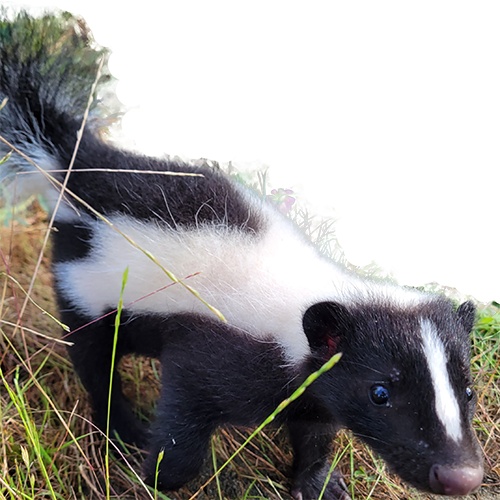
Placeholder
Striped skunks are famous for their ability to spray foul-smelling musk. Skunks have two scent glands at the base of their tail and can aim the musk, either as a stream that arcs through the air, a fine mist cloud, or a direct shot to the face of an intruder.
Omnivorous; prefers insects and digs up ground-nesting bees and grubs, also eats worms, eggs, amphibians, and plant matter including berries, nuts, and roots.
A skunk can spray up to 12 feet! Baby skunks, kits, can spray when they are just eight days old. That’s two weeks before they can open their eyes!
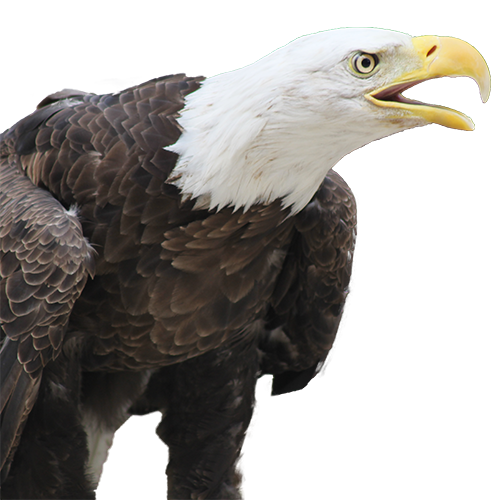
Placeholder
Bald Eagles are large, stocky birds with a dark-brown body and a white head and tail. They have large yellow beaks and feet. In flight, their large wings appear straight-edged and are held flat. Groups of eagles congregate where prey is abundant, such as suitable areas along the Great Lakes.
Bald eagles typically hunt from a perch, but also while in flight. Most common prey is fish but will also eat birds, reptiles and mammals (such as muskrats, rabbits and more). They are also known to steal food from other birds of prey and are active scavengers.
Adult Bald Eagles will return to the same nest year after year making new additions each year. Their nests can span up to 10 feet and weigh 2000 pounds!
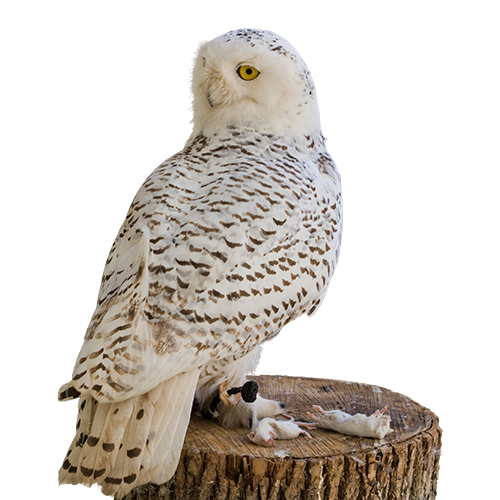
Placeholder
Info Coming Soon
Info Coming Soon
If you’re visiting in the summer, Snowy will be in his indoor enclosure because he is more sensitive to heat and humidity due to their natural habitat of the tundra.
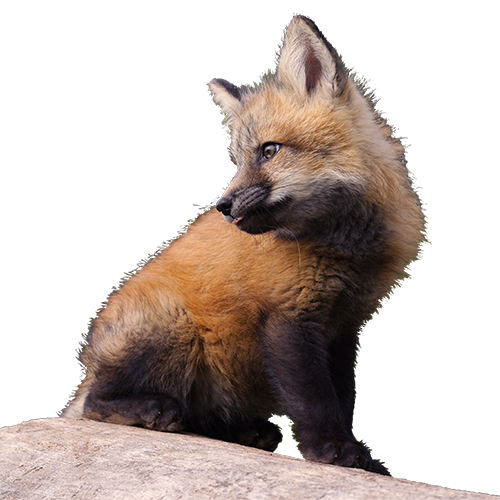
Placeholder
Redfoxes are the most widespread wild carnivore worldwide. They can live in a wide variety of habitats: desert, artic tundra, and urban neighborhoods.
Omnivorous: eats small rodents, other mammals, birds, reptiles, insects, and fish as well as many types of plants including berries; acorns; and grasses.
A fox’s tail is over half it’s body length! Their tail helps the fox balance while they run and jump. It also provides warmth in cold weather.
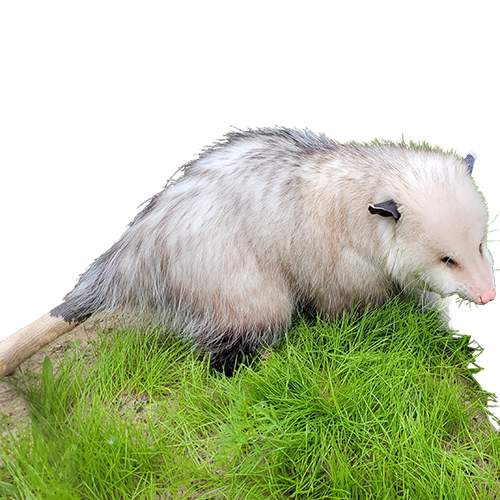
Placeholder
The Virginia Opposum is the only species of marsupial (pouched mammals) in the US. Female opossums use their pouch to carry up to 20 babies! They have 50 teeth, which they show when feeling threatened. They will also “play opossum” and pass out under extreme stress.
oportunistic omnivorous scavenger; will eat small vertebrates, insects, plant matter, fruits, and seeds. They even eat ticks!
Opossums are marsupials meaning they have a pouch for their babies. The Opossum is the only marsupial in North America!
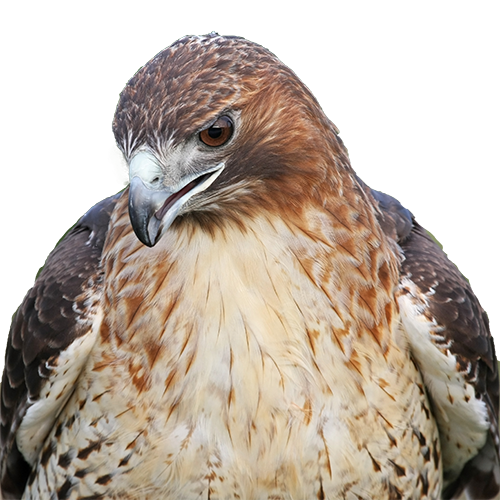
Placeholder
Red-tailed Hawks are large, stocky, broad winged hawks. They have a dark brown back with white chest and legs. Most birds have a “belt” of brown streaked feathers across the lower belly. The rusty red tail appears in adults in their second year.
Ambush predator; hunts from a perch or by soaring over open fields. Commonly seen along roadsides looking for their prey. When they see a small mammal (such as mice, squirrels, rabbits or groundhogs) they swoop down quickly and catch their prey using their strong feet. Occasionally will eat birds such as pheasants, as well as snakes and carrion.
Red-tailed Hawk’s eyesight is eight times better than ours!
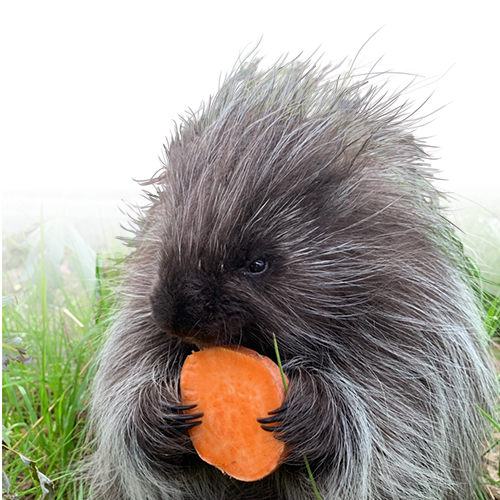
Placeholder
Porcupines have around 30,000 quills – but they can’t shoot them! Porcupines defend themselves by escaping into trees, having black-and-white warning coloration, and emitting a foul-smelling musk. Quills act as a defensive shield against predators, and porcupines can drive quills into the body of an attacker, but they cannot launch quills through the air!
Herbivore; will eat bark and twigs of maples, ashes, beechwood, and birch trees; also eats raspberries, grasses, and apples.
The Porcupine is the second largest rodent in North America! The American Beaver takes first place.
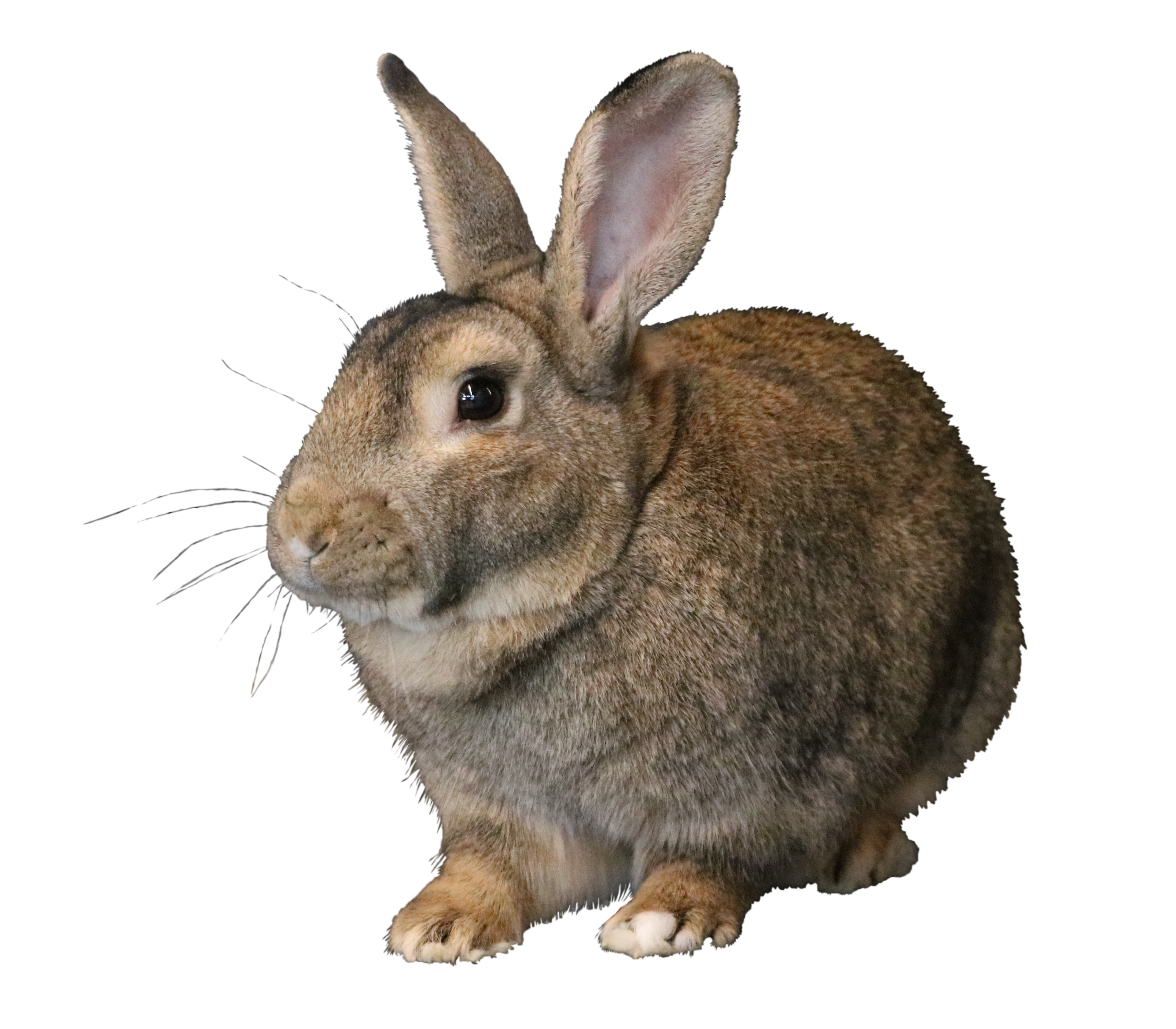
Placeholder
Rabbits are small, furry mammals with long ears and short, fluffy tails. There are many different breeds of rabbits so size and color of rabbits vary greatly! Rabbits use their strong back legs to hop instead of walking on all four legs.
Rabbits are herbivores. Their diet mainly consists of nutrient rich leaves, grasses, wildflowers and vegetables.
A rabbits teeth never stop growing! They are worn down as the rabbit chews so they never get too long.
If you are interested in giving a gift to our animals, take a look at our Outdoor Discovery Center Animal Enrichment Wish List. These items provide unique and safe “toys” that encourage natural animal behaviors. We strive to provide the best environment for our animals and your gifts will help us continue to do just that!
The Animal Encounter is an engaging experience, for 4 guests, where you will:
Both adults and children are considered guests.
Children 5 and older are able to participate in an animal encounter.
All children must be accompanied by an adult.
Yes, a minimum of 1 adult must be a guest during an animal encounter.
After you sponsor an animal, you will receive a confirmation email. You will email joy@outdoordiscovery.org to schedule your encounter.
Encounters must be scheduled in advance and take place during normal business hours.